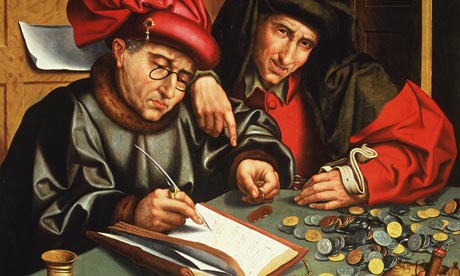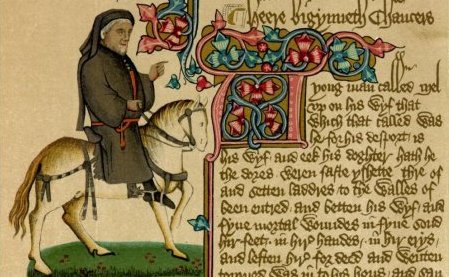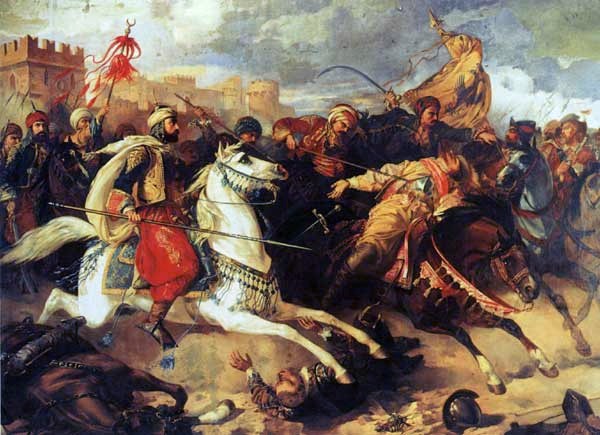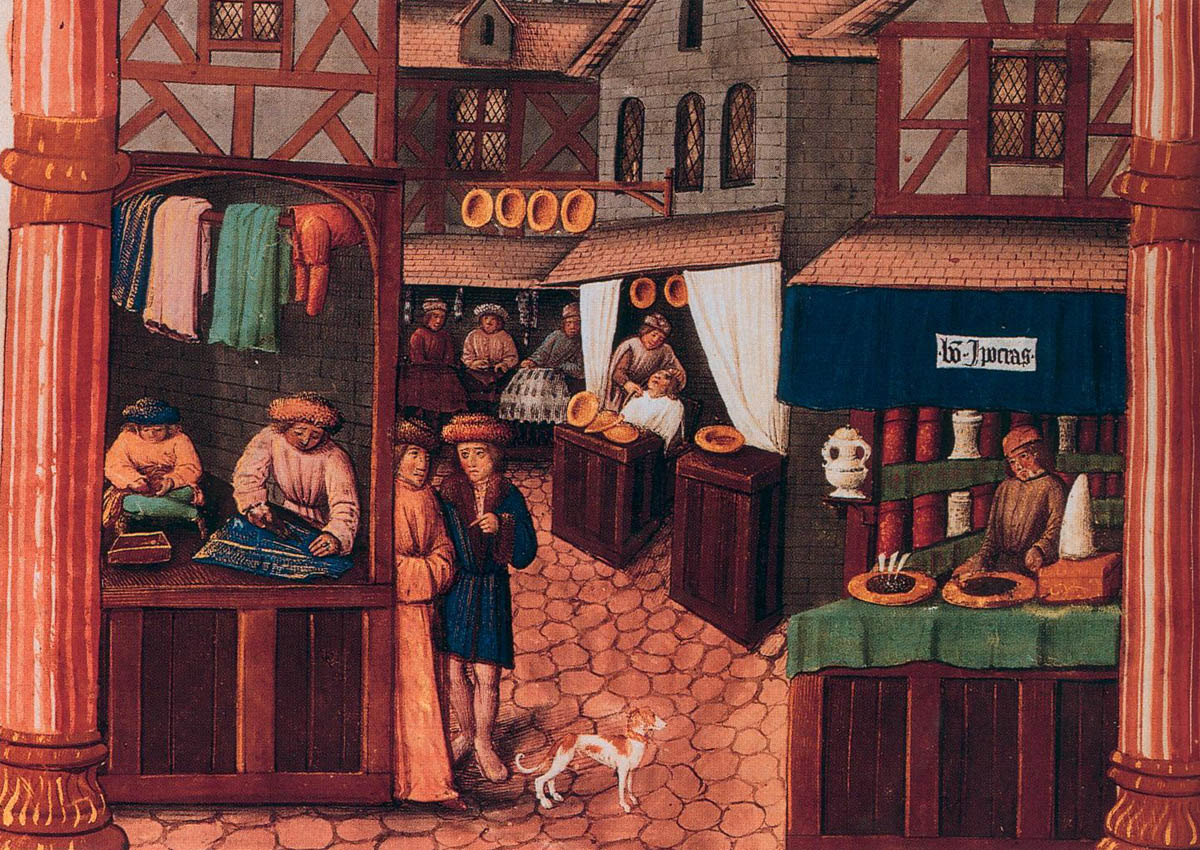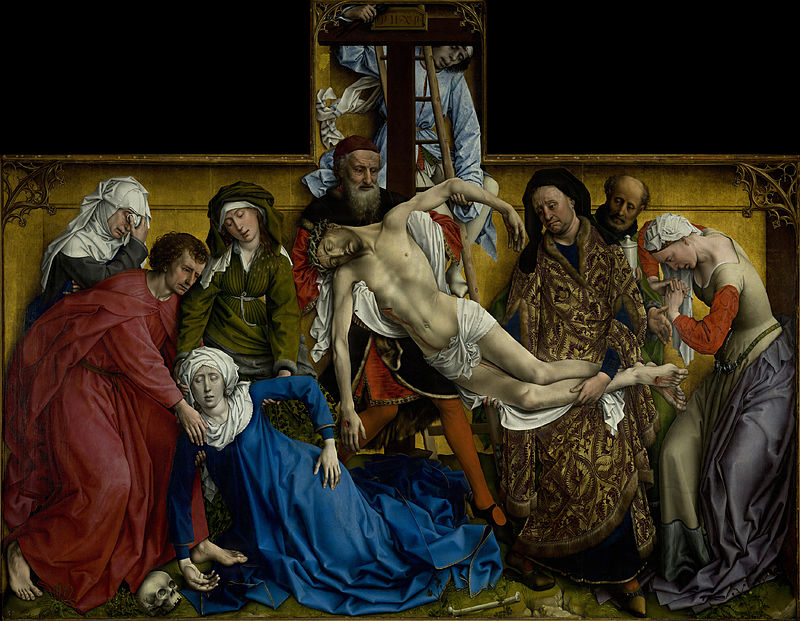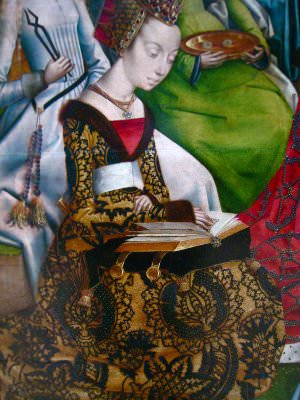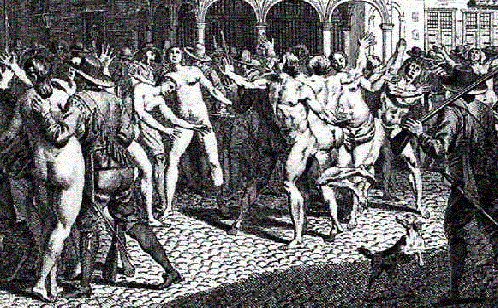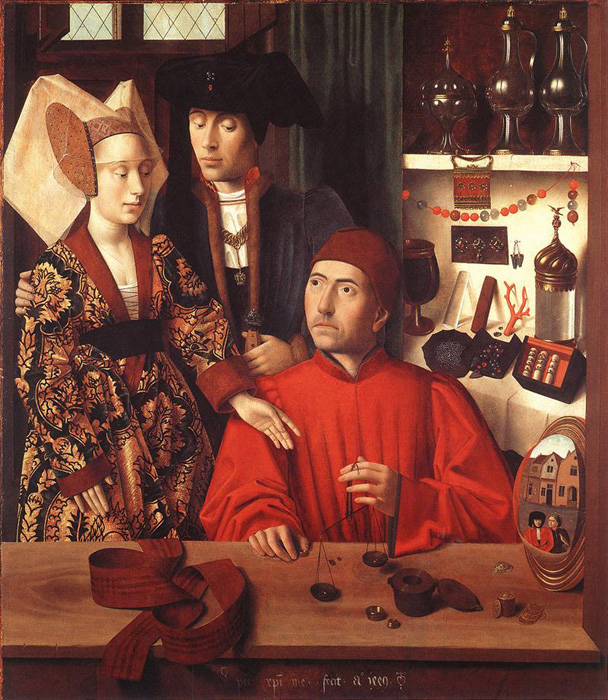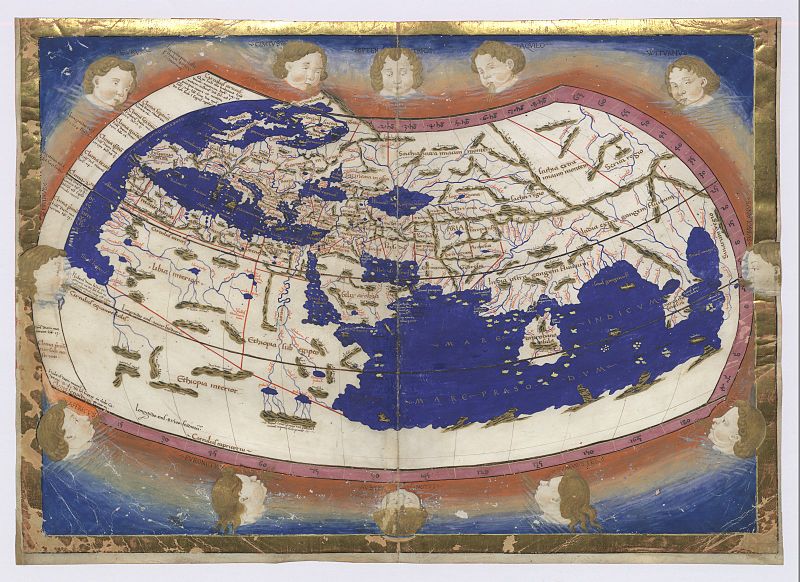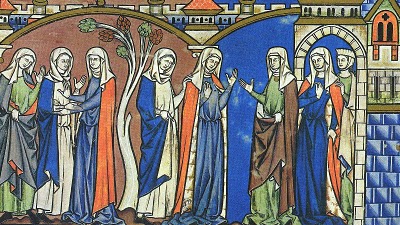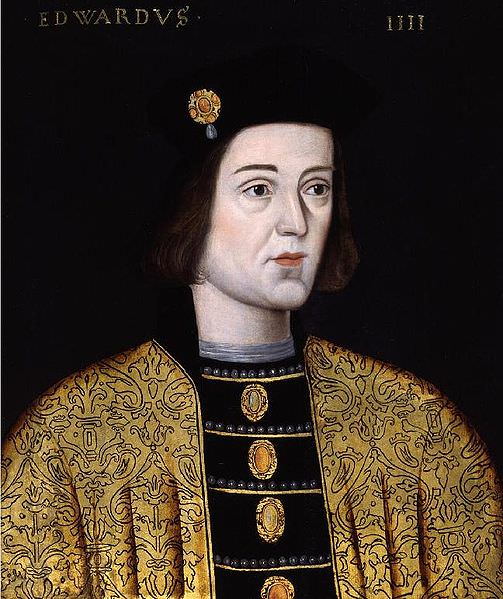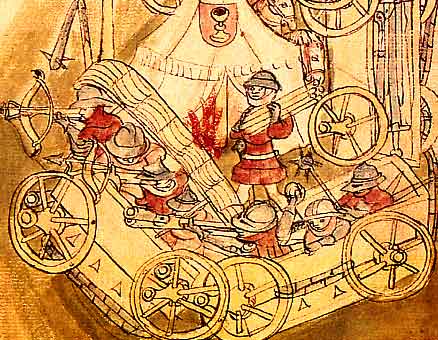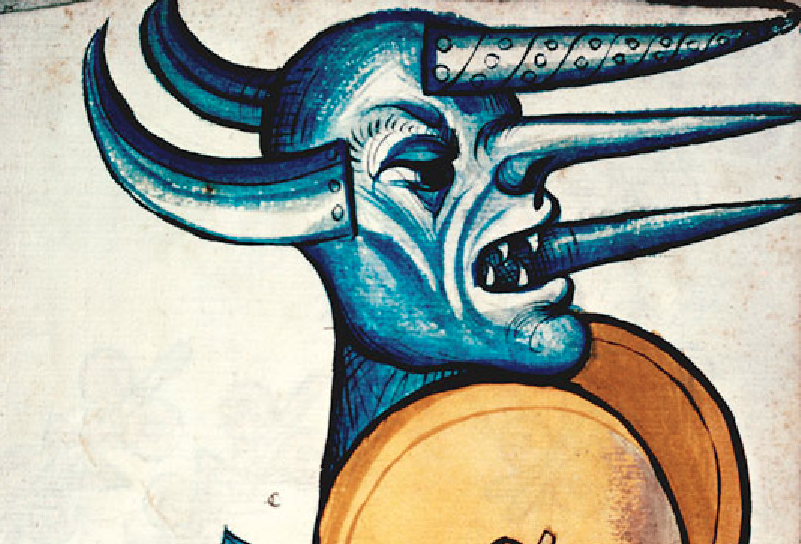Taxes, Loans, Credit and Debts in the 15th Century Towns of Moravia: A Case Study of Olomouc and Brno
The paper explores urban public finance in the late medieval towns on the example of two largest cities in Moravia—Olomouc and Brno.
Guilt and Creativity in the Works of Geoffrey Chaucer
I argue that as Chaucer develops his own expansive, questioning poetics in The House of Fame and The Canterbury Tales, he problematises the principle of allegory on which the legitimacy of literary discourse was primarily based in medieval culture and the final fragments of The Canterbury Tales see Chaucer struggling, increasingly, to reconcile the boldness and independence of his poetic vision with the demands of his faith.
Medieval Perspectives: Jean de Waurin and His Perception of the Turks in Anatolia in the Late Middle Ages
This paper discusses the reasons Wavrin wrote his account of the crusade of Varna and Walerin de Wavrin’s expedition into the Balkans, which was later published within his history of Britain and how he perceived and accordingly presented the Turks to the renaissance readers.
Pedlars and Alchemists in Friuli History of itinerant sellers in an alpine reality
This short review discusses about itinerant sellers in Friuli, who are Cramaro called (XI-XIX centuries). Attention is focused, in particular, on the question if some of theme were alchemists.
Northern Renaissance? Burgundy And Netherlandish Art In Fifteenth-Century Europe
Everyone who has studied medieval or modern history knows that the periodisation of the eras on either side of the Renaissance provides much food for thought. This contribution aims irst to address the usefulness of the widespread concept of the ‘Northern Renaissance’.
A Peripheral Matter?: Oceans in the East in Late-Medieval Thought, Report and Cartography
It is something of a truism that the Ocean Sea {mare oceanum in medieval texts and cartography) marked out a real and conceptual periphery for medieval Western Europeans.
Women’s Devotional Bequests of Textiles in the Late Medieval English Parish Church, c.1350-1550
My investigation is set within the context of the current high level of interest in the workings of the late medieval parish.
The Adamites: Hippie Heretics of the Middle Ages
Wandering through forests and hills, some of them fell into such insanity that men and women threw off their clothes and went nude, saying that clothes had been adopted because of the sin of the first parents, but that they were in a state of innocence.
The Physicality of Service in German Ideas of Knighthood, c.1200-1500
Jörg’s memoir is a particularly informative example of how one knight understood his own calling to knighthood and his practice of it. The medieval knight had a voice, and although precious few memoirs like Jörg’s exist, knightly perspectives inform a considerable breadth of primary materials.
Did Purchasing Power Parity Hold in Medieval Europe?
This paper employs a unique, hand-collected dataset of exchange rates for five major currencies (the lira of Barcelona, the pound sterling of England, the pond groot of Flanders, the florin of Florence and the livre tournois of France) to consider whether the law of one price and purchasing power parity held in Europe during the late fourteenth and early fifteenth centuries.
Is there a Sixth Sense in the Lady and the Unicorn Tapestries?
Scholars believe that the tapestries were commissioned in the late XVth century by a member of the Le Viste family
The World in 1467: The Maps of Nicolaus Germanus
Maps of the medieval world in 1467, by Nicolaus Germanus
Living la vita apostolica: Life expectancy and mortality of nuns in late-medieval Holland
Living la vita apostolica: Life expectancy and mortality of nuns in late-medieval Holland Jaco Zuijderduijn (Utrecht University ) Centre for Global Economic History:…
Murder, Alchemy and the Wars of the Roses
What follows is a kind of murder mystery, but not a whodunit. The identity of the man who carried out the crime, while indeed a mystery, is probably unknowable and actually unimportant.
Medieval Mean Girls: On Sexual Rivalry and the Uses of Cosmetics in La Celestina
The prevalent use of cosmetics among women fast became a topic for moralist discourse, both inside and out of the Peninsula.
Boundaries in the making – Historiography and the isolation of late medieval Bohemia
This paper deals with an episode of early 15th century Bohemian history. During the so-called Hussite wars, a coalition of Catholic powers tried to establish a far-reaching blockade on trade and commerce against the kingdom of Bohemia, which then was considered to be a hotbed of heresy, and to be rebellious against its legitimate ruler and the papal church.
The Image of the City in Peace and War in a Burgundian manuscript of Jean Froissart’s Chronicles
The present essay, which complements a study scheduled for publication in 2000 in a volume arising from a colloquium on the theme Regions and Landscapes held in July 1997 at the International Medieval Congress, Leeds, attempts to build on this work.
(Re)casting the Past: The Cloisters and Medievalism
In this essay, I focus on a variety of texts printed using Anglo-Saxon type between 1566 and 1623 in an effort to explore the use of Anglo-Saxon typeface in the early modern period as the use of the Old English language progressed from polemical truncheon to historiographical instrument.
Urban Jousts in the Later Middle Ages: The White Bear of Bruges
Jousting competitions between towns excited passions which, far from releasing citizens into some escapist unreality, could plunge them instead into violence.
Medieval Siege Machines: The Bellifortis by Conrad Keyser
One of the most imaginative and fascinating works to depict medieval siege warfare is the Bellifortis by Conrad Keyser.
Could Duke Phillip the Good of Burgundy have owned the Bayeux tapestry in 1430?
An entry in the Inventory of the Bayeux cathedral treasury records that in 1476 the church owned the following: Item une tente tres longue et estroicte de telle a broderie d’ymages et escripteaulx, faisans representation du Conquest d’Angleterre, laquelle est tendu environ la nefde l’église le jour et par l’octave des reliques (l). Not until the 1720 ‘s did scholars first find and appreciate the potential importance of this brief entry.
Were Medieval Prostitutes Marginals? Evidence from Sluis, 1387-1440
How convincing is the idea that all prostitutes had common, inalienable characteristics? How convincing is the view that prostitutes formed a distinct and clearly identifiable group?
The Battle of Montlhéry
Between the two armies was an expansive field of wheat, oats and beans. The heat was unbearable and the fields were powdery dry because of the July drought.
An Unknown Female Martyr from Jerusalem
In the present article we edit the fragment of a text related to an unnamed female new martyr from Jerusalem from the time of John XIII.
Mapping the Medieval Countryside
My summary of a Institute of Historical Research session on the digitization of records in Late Medieval England.
